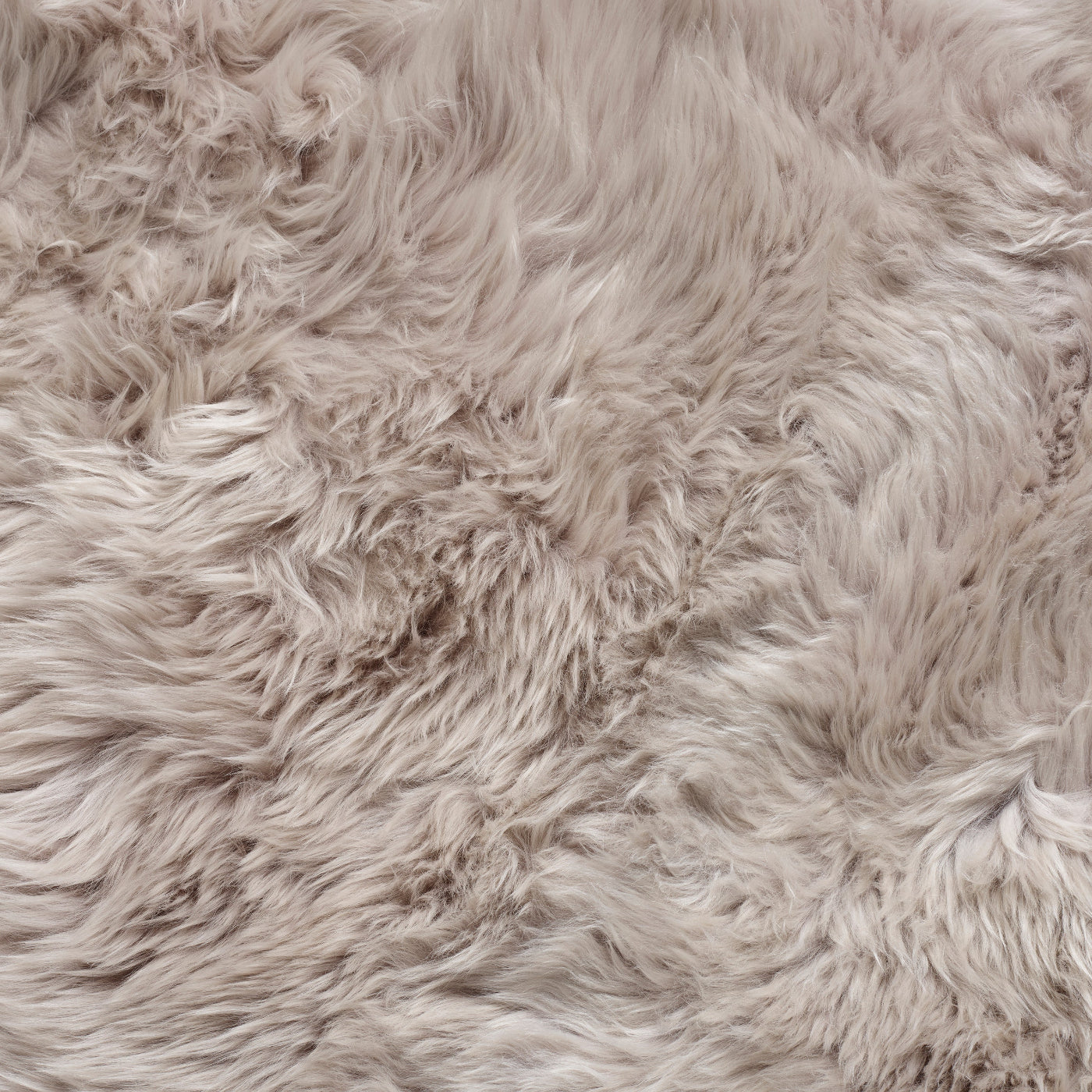
How Can You Tell if a Sheepskin Rug is Real?
Genuine or Imitation? Know What You’re Buying
Not all sheepskin rugs are created equal. While they may look similar at first glance, there’s a world of difference between genuine sheepskin and synthetic imitations—both in quality and performance. If you're investing in comfort, style, and longevity, it's worth knowing how to tell the difference.
Why Choose Genuine Sheepskin?
Real sheepskin is a natural material with unique qualities that simply can’t be replicated. It’s breathable, temperature-regulating, hypoallergenic, and luxuriously soft. Thanks to the lanolin in the wool, it also has natural antibacterial and moisture-wicking properties—making it ideal for both summer and winter use. Beyond comfort, real sheepskin is highly durable and develops a beautiful patina over time.
Spotting the Real Deal
Here are a few easy ways to tell if a sheepskin rug is authentic:
1. Look at the Backing
This is one of the most obvious giveaways. Genuine sheepskin is backed with real suede or leather—it’s the natural hide of the animal. Faux rugs usually have a fabric or synthetic backing, often made from polyester or felt-like materials.
Tip:Flip the rug over. If it feels like leather or suede, it's likely real. If it looks like fabric or foam, it’s a fake.
2. Feel the Texture
Real sheepskin is incredibly soft, springy, and silky to the touch. It feels warm and breathable, almost like it's responding to your body. Fake versions often feel too smooth, overly fluffy, or slightly plastic—like a costume wig.
Tip: Run your hand through the wool. Real sheepskin will spring back into place naturally. Fakes often stay matted or overly puffy.
3. Look at the Wool
Natural sheepskin has slight variations in color and curl, which gives it character. If the wool looks overly uniform, shiny, or plasticky, it’s likely synthetic.
4. Check the Edges
Real sheepskin rugs tend to have natural, uneven edges, since they’re cut from actual hides. Fake rugs are often machine-cut into perfect rectangles or ovals for easy manufacturing.
Tip: Authentic sheepskin rarely has perfect edges—it should feel organic and unique.
5. Test the Breathability
Real wool regulates temperature and absorbs moisture. If the rug feels warm and dry in summer and cozy in winter, that’s a good sign you’ve got the real thing.
6. Smell It (Yes, Really!)
Authentic sheepskin has a subtle, natural scent from the tanning process. Faux versions often smell of chemicals, plastic or nothing at all.
7. Price Point
If the price seems too good to be true, it probably is. Real sheepskin is a premium, natural product that takes time to process and finish. While you can sometimes find deals, quality sheepskin won’t be dirt cheap.
Tip: Genuine UK-crafted sheepskin rugs are an investment—but they’ll last for years if properly cared for.
8. The Burn Test (Only if You Really Have to!)
This isn’t recommended unless you’re dealing with scraps, but here’s a trick professionals use. Wool (real sheepskin) burns slowly and smells like burning hair. Faux sheepskin melts and smells like burning plastic.
Tip:Carefully take a small sample of wool from a discreet, hidden edge of the rug—such as the underside or a tucked-away corner—so it won’t affect the overall appearance.
Why It Matters
Beyond aesthetics, choosing a genuine sheepskin rug means investing in a long-lasting, sustainable product. It will outlast synthetic alternatives, offer better comfort, and is biodegradable at the end of its life. With proper care, your sheepskin rug can stay beautiful for decades.




